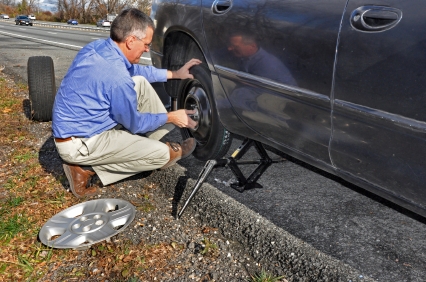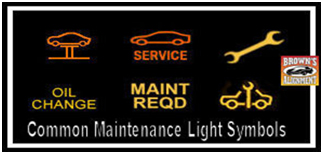 A Step-by-Step Guide
A Step-by-Step Guide
Car battery issues can strike at the most inconvenient times, leaving you stranded with a vehicle that won’t start. However, knowing how to jump start your car can be a lifesaver in such situations. In this guide, we’ll walk you through the step-by-step process to get your vehicle back on the road.
Knowing how to jump start a car is a valuable skill that can save you from the frustration of a dead battery. By following these steps and taking necessary safety precautions, you’ll be back on the road in no time. Remember, if you’re unsure about the process, seek professional help or ask someone experienced for assistance.
FAQ – Jump Starting Your Car
Remember, if you have any doubts or concerns, it’s always best to seek professional assistance.



